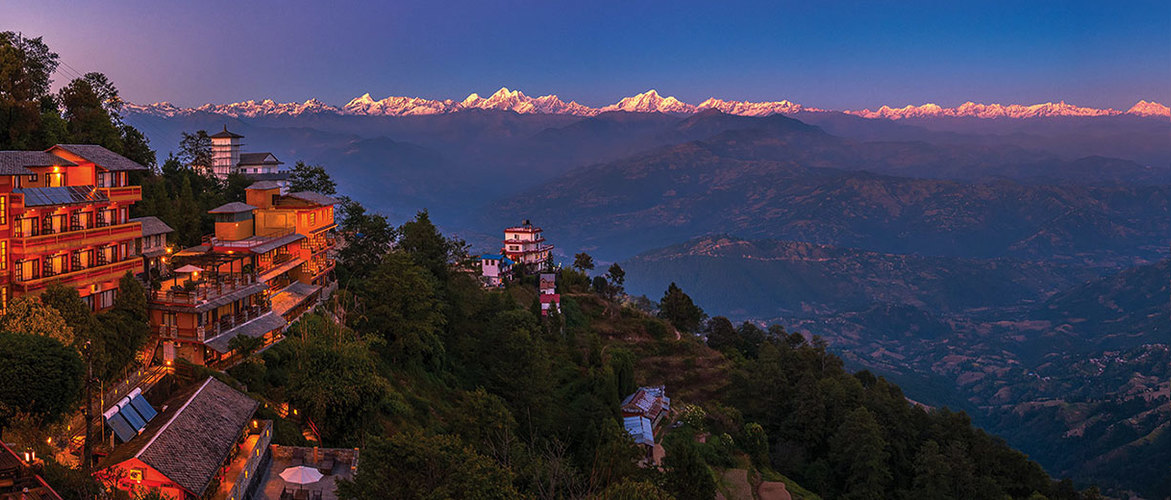Nepal: Nature
Nepal, a country of amazing extremes is the home of the world’s highest mountains, historic cities and the forested plains where the regal tigers and the armor plated greater onehorned rhinoceros trundle at ease
Situated in South Asia and surrounded by the Tibetan Autonomous Region of China in the north and by India in the south, east and west, the Kingdom of Nepal covers an area of 147,181 sq. km (between 80° 4’ and 88° 12’ East and 26° 22’ and 30° 27’ North). The length of the Kingdom is 885 kilometers east to west, and varies between 145 to 241 kilometers north to south.
It represents a transitional zone of two bio-geographical realms: the Paleartic and the Indo-Himalayan. It is also at the crossroads of the Southeast Asian, Northeast Asian (Chinese) and Mediterranean tracts. Nepal can be divided broadly into three ecological zones: the lowland (Terai), the mid-hills and the high mountains.
The altitude of the Himalayan region ranges between 4,877 m. to 8,848 m. It includes eight of the highest 14 summits in the world, which exceed an altitude of 8,000 meters including the world highest mountain Sagarmatha (Mount Everest).
The mountain region accounts for about 64% of total land area, which is formed by the Mahabharat range that soars up from 4,877 m. and the lower Churia range. The lowland Terai occupies about 17% of the total land area of the country.
Similarly, the climatic condition ranges from the sweltering heat of the Terai in the lowland to the freezing cold in the Himalayan highland. As a result of extreme variations in altitude and climate, the flora and fauna of Nepal demonstrates a wide range of diversity.
Competing for space within 1,000-km. east west and 200 km. north south, this small rectangle of topographical and hydrological extremes host over 6,500 flowering plant, 181 mammal, 862 bird and 640 butterfly species. It is also home to more than 23 million people. Although Nepal occupies only 0.09% of the total land surface of the earth, it has nearly 5% of mammalian species of the world total.alities
Realities and Challenges
Nepal has been classified by the United Nations Environmental Programme (UNEP) as the highest risk zone in Asia in terms of the ecological crisis. The root cause of all environmental problems being the poverty compounded by an ever-growing population.
The direct impact of the country’s socioeconomic realities on the natural and cultural diversity is magnified by widespread illiteracy, inaccessibility to basic services and financial constraints.
The country is predominantly agricultural with many subsistence farmers depending on marginal lands for their livelihood. The fast growing population has had serious repercussions on the nation’s economy and ecology. They depend on agriculture and fast depleting forests for fuel, fodder and timber.
The situation has been further aggravated by commercial logging, shifting cultivation, uncontrolled grazing and encroachment of forest lands. All this has resulted in increased soil erosion, sedimentation, floods and landslides. Similarly, the inadequate ecological consideration in development activities and the uncontrolled influx of visitors in ecologically fragile regions have further intensified environmental degradation.
Hi! I am a robot. I just upvoted you! I found similar content that readers might be interested in:
http://www.ntnc.org.np/nepal-people-and-nature
Congratulations @shayar3! You have completed some achievement on Steemit and have been rewarded with new badge(s) :
Click on any badge to view your own Board of Honor on SteemitBoard.
For more information about SteemitBoard, click here
If you no longer want to receive notifications, reply to this comment with the word
STOP